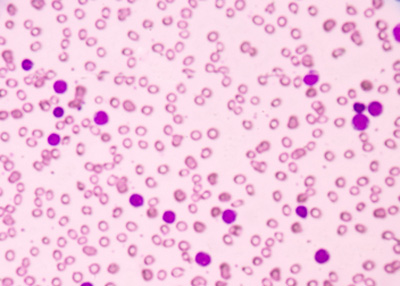Two new types of childhood leukaemia discovered
Posted: 7 June 2016 | | No comments yet
Using next-generation sequencing technology, researchers were able to study the genome of cancer cells, which is how they discovered the new cancer types…


A research group at Lund University in Sweden has discovered two new types of childhood leukaemia.


Using next-generation sequencing technology, the researchers were able to study the genome of cancer cells, which is how they discovered the new types of cancer.
The treatment for acute lymphoblastic leukaemia is very successful, but requires heavy interventions at the risk of causing many side effects. There is therefore a need to distinguish between different types of acute lymphoblastic leukaemia, in order to adapt the treatment according to the severity of each case, and to detect possible relapse.
“Like all types of cancer, childhood leukaemia is caused by genetic mutations in normal cells, which are then transformed into cancer cells. Finding the critical mutations in the diseased cells is an important condition for understanding the mechanisms of the disease and ultimately discovering new therapies”, explains Professor Thoas Fioretos, Principal investigator of the project
Through next-generation sequencing method, the researchers were able to examine the changes that occur in cancer cells in greater detail, which is how they discovered the two new types of childhood leukaemia.
“One type occurs when a gene called DUX4, which is normally inactive in blood cells, becomes activated when the gene is relocated in the genome. The second type resembles a previously known type of childhood leukaemia, but is caused by other genetic mutations”, says Henrik Lilljebjörn, researcher and project manager of the study.
The two new types of leukaemia are called “DUX4-rearranged” and “ETV6/RUNX1-like”.
New types represent 10% of all childhood leukaemia
Previous studies of childhood acute lymphoblastic leukaemia have shown that there are six major groups of acute lymphoblastic leukaemia in children. The two newly discovered types, together representing about 10% of all childhood leukaemia, can now be added to these groups.
“Over the last few years, our research group has worked extremely intensely on this study, which would not have been possible without collaboration with several other researchers at Lund University, Skåne University Hospital, and research groups in Germany”, concludes Thoas Fioretos.
The hope is that the findings will lead to improved diagnosis and monitoring of childhood leukaemia, and ultimately new forms of treatment.



